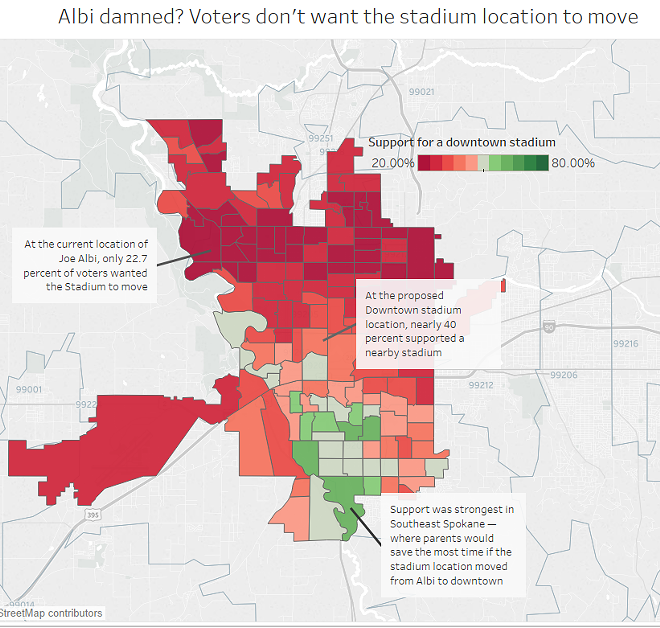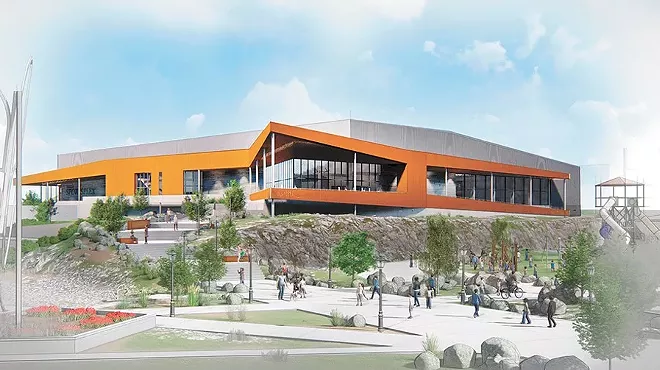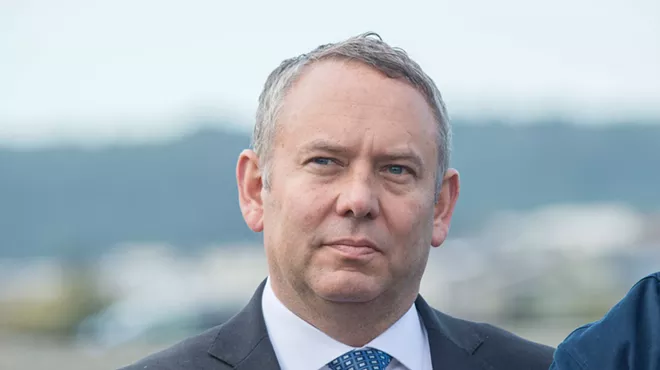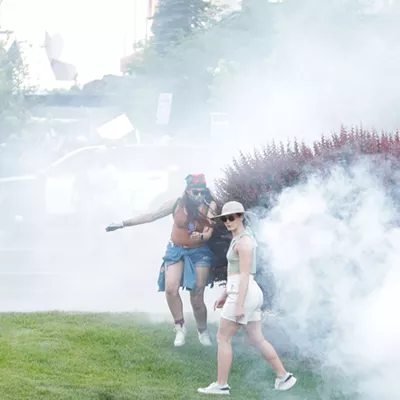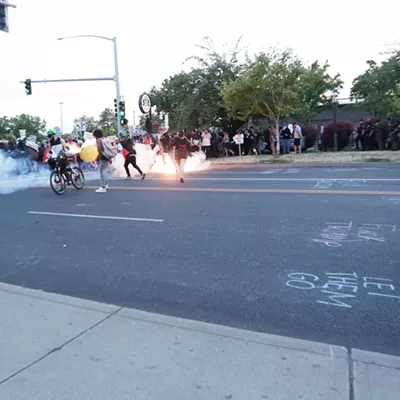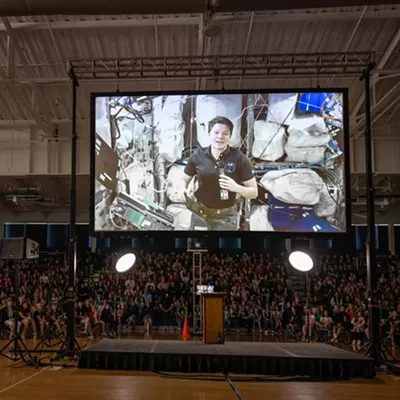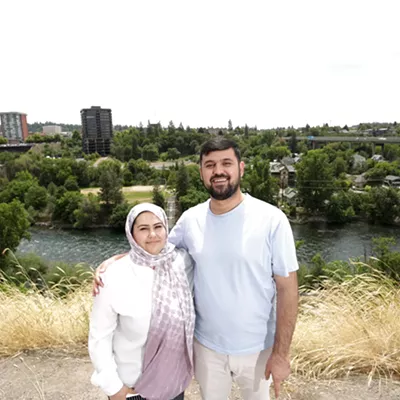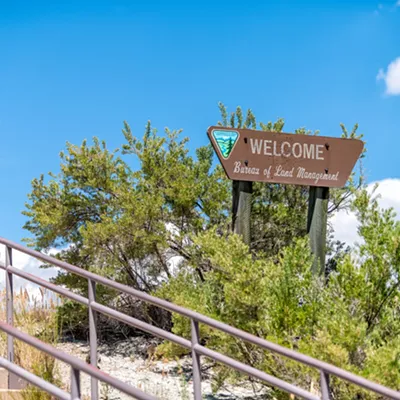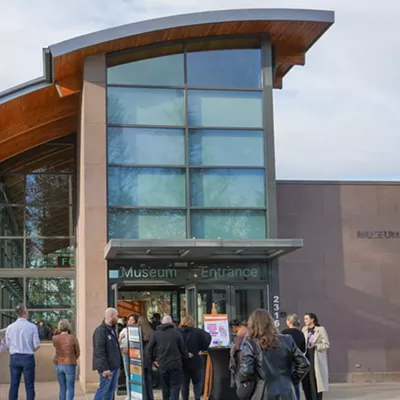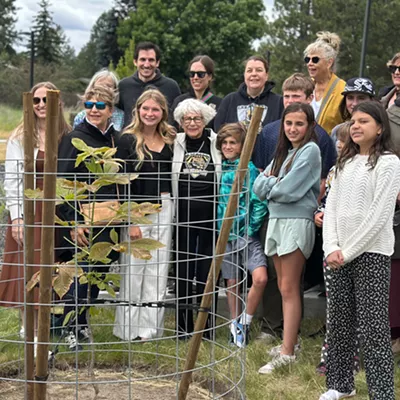Anew downtown stadium to replace Joe Albi may have sounded appealing to city leaders, including Mayor David Condon, but voters have soundly rejected the idea.
Nearly two-thirds of voters want to build a new, smaller stadium at the current Albi location in northwest Spokane instead of downtown by the Spokane Arena. With the approval of a separate $495.3 million Spokane Public Schools bond measure, a new middle school (one of three new ones) will also be built at the current Albi site.It's a disappointment to those representing downtown business interests hoping the stadium could create a triple threat between it, a new sportsplex and the arena that some thought could attract sports events and spur economic activity.
Rick Romero, a senior advisor to the mayor who pushed for the downtown stadium as part of a city partnership with Spokane Public schools, says he's still trying to digest it.
"People vote for what they're comfortable with," he says. "And people are comfortable with Albi where it is."
The sheer margin of the vote, however, suggests there might be other factors at play. So what were they?
For one, there was some confusion regarding why this was on the ballot — and why it was coming from the city — in the first place. Spokane Public Schools knows it needs to replace the oversized, aging Albi stadium. The district went through a monthslong process determining the best course of action, ruling out other ideas like simply renovating it or building a new football stadium at each high school (that was too expensive with not enough parking).
But the district balked at paying for a $10 million parking garage. The school board left it to the Spokane City Council to ask voters to approve the extra parking costs. The City Council didn't want to do that either. Eventually, they put out the advisory vote — with no extra money attached — but the City Council wasn't pleased that they were made out to be the bad guys.And then that created confusion over the parking. With no garage, Romero says people wanted to know where people would park. Those concerns were addressed (read our Q&A with Romero here) but ultimately that information wasn't communicated early or clearly enough.
"I think maybe one of the challenges is that a lot of that clarification came after a lot of people had already voted," Romero says.
Mark Anderson, associate superintendent of Spokane Public Schools, says people had questions about parking and traffic through election day.
"It did seem through the end that there were lots of questions about parking and location and traffic and those things," Anderson says.
Ultimately, however, there might be a much simpler explanation. Take a look at the map my colleague Daniel Walters put together showing where the strongest support and opposition to the downtown stadium idea resides. Support was strongest to the south — the farthest away from the current Albi location. That would be families living in the Ferris and Lewis & Clark high school boundaries. Currently, the drive to Albi from the South Hill can range between 15-40 minutes, depending on the traffic and where you are.
The people who live in areas where Albi is only 10-15 minutes away? Those are the people who overwhelmingly voted against Albi moving.
If there's enough of a desire for a downtown stadium, the school board could take the nuclear option: Ignore the will of the voters and build the stadium downtown anyway.
To be clear, there's been no indication that will happen. School board President Sue Chapin has repeatedly said the board is fine building the 5,000-seat stadium either downtown or at the current Albi site, whatever voters choose. And voters have chosen pretty clearly.Mark Anderson says he hasn't met with the board yet, but based on what he knows today, the district will move ahead with its plan to demolish Albi and rebuild the smaller stadium there. Construction will likely start within a year in a two-phased approach: Half the stadium will be constructed one year, the other half the next, in order to keep it available for high school games in the meantime.
"Both home and visitors will temporarily be on the same side," Anderson predicts.
He anticipates that it should be finished by 2021.
Rick Romero says, looking back, maybe the city could have done things differently. Maybe the ballot language could have been more clear. Maybe the advisory vote should have been put on a later ballot in February. That was an option on the table, but he pushed against it because he didn't want voters to commit dollars to a project without them knowing where it would go.
"It's easy to second-guess after it's done," he says. "But I thought the confusion over that may have jeopardized the whole school bond."
And both Anderson and Romero urge people not to lose sight of the positives that came from the city-district partnership. The district's bond for new middle schools on city land and other major school improvements easily passed. So did the library bond to upgrade and rebuild library facilities, including adding two new facilities on school district land.
"I'm totally stoked about it," Romero says. "I think it's phenomenal — the partnership and working together on putting land and money and buildings together. I think that was a huge part of the reason they succeeded."


